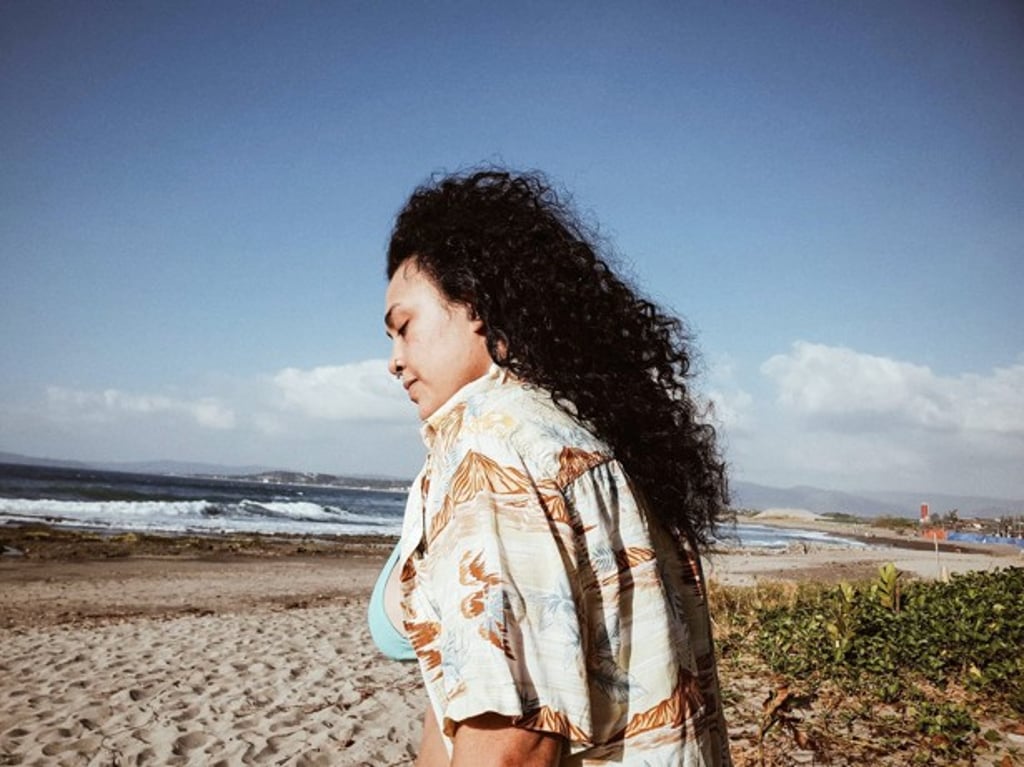Witchcraft in the Philippines: as millennials fall under the spell, businesses are catching on
- The rise of liberal millennials in the Philippines has brought witchcraft and the mystical forces of nature from the fringes into the mainstream
- Businesses are joining in, with themed restaurants, occult bars, and beers celebrating the country’s mythological creatures

Timmy Potenciano first turned to witchcraft as way of life to help her escape from organised religion.
Potenciano, 32, has been practising tarot since 2005. But it was only recently when she started hanging out with other women who practise witchcraft that she began to recognise herself as a witch.
“In recent years, there’s been a boom in esoteric practices in the Philippines, and it’s comforting because I don’t feel so alone any more,” says Potenciano, from Quezon City, who works as a content strategist by day.
With the rise of liberal millennials in the Philippines, and driven by their interests in wellness and New Age spirituality, witchcraft – broadly defined as beliefs and practices anchored in the mystical forces of nature – has been brought from the fringes into the mainstream. And while Philippines is known as a Catholic country, it is not unfamiliar with the concept.

Numerous records indicate that in pre-colonial Philippines, Filipinos worshipped Bathala, the Tagalog supreme deity who created the universe. They believed in engkantos, the spirits of ancestors or guardians of nature who are said to have the ability to appear in human form. Communities were dominated by babaylans (shamans) and mananambals (witches) that practise sacred rituals and magic.
Although these forms of mysticism have been considered taboo since Catholicism was introduced in the 15th century, many Filipino witches still practise. Among them is Mym Valdez, who has been a Wiccan practitioner for 20 years. She identifies herself as a kitchen witch, drawing ingredients from her own garden. She mixes small vials of basil and olives for protection, and prepares salt rubs and spelled chocolates to counter sadness.